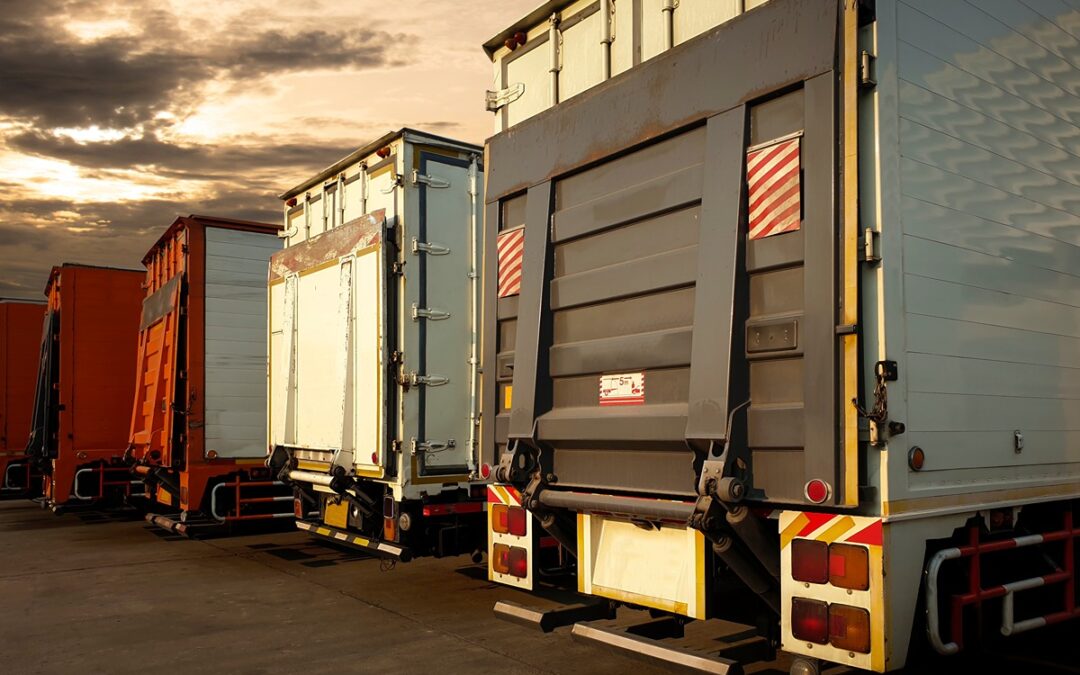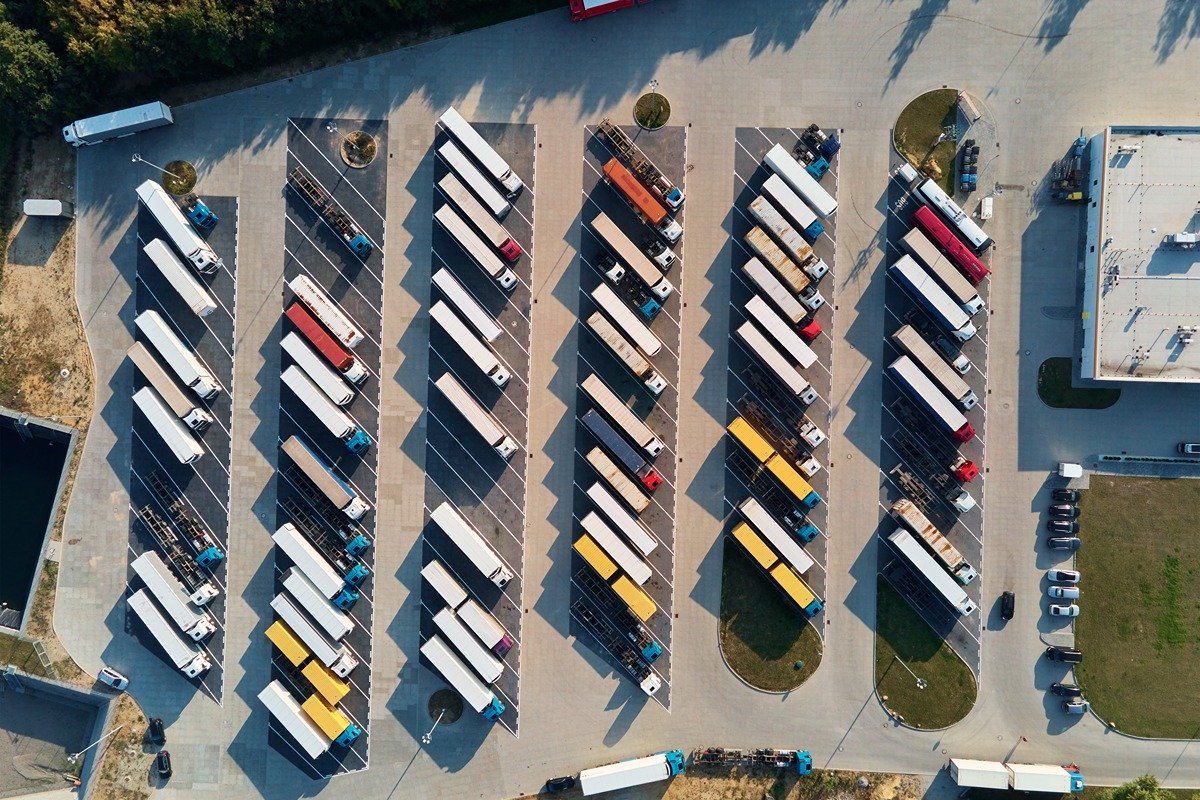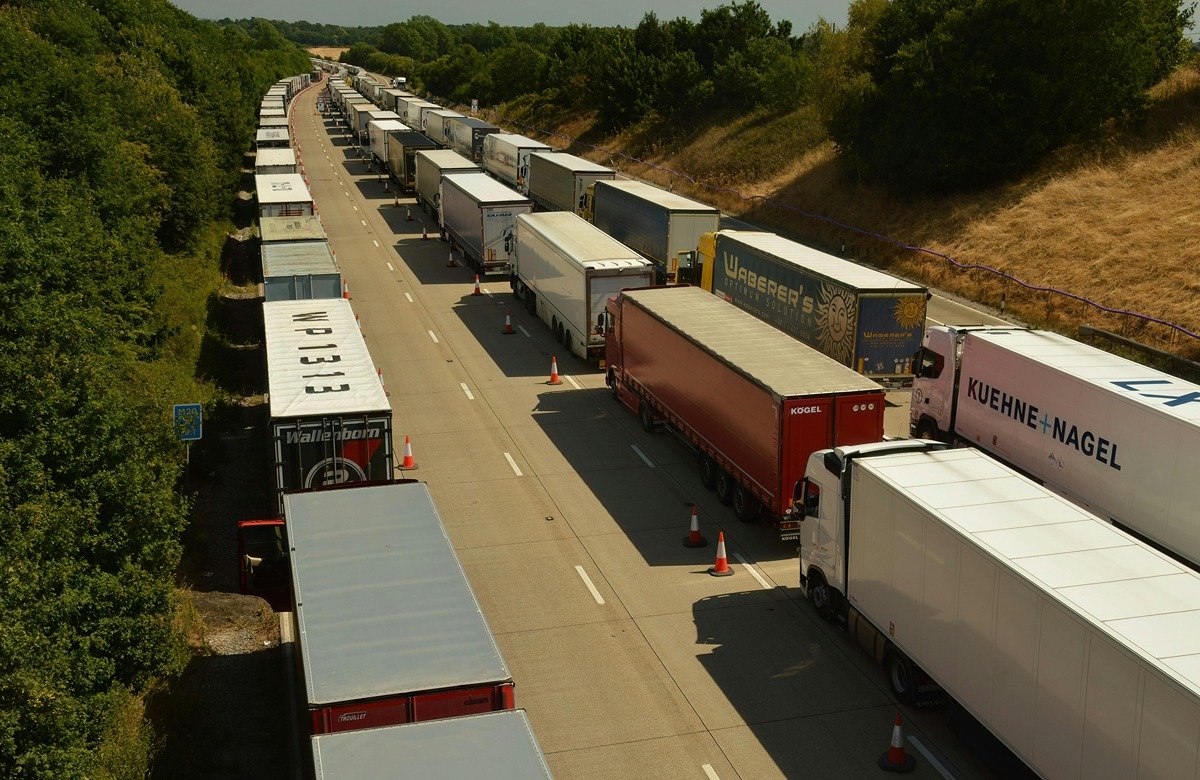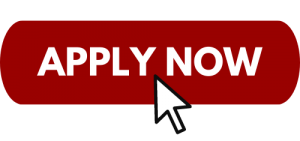You’re ready to expand your trucking business or become an owner-operator. But a critical question arises: do you need a Commercial Driver’s License (CDL) to finance a semi-truck?
While having a CDL certainly makes the process smoother, it’s not always a strict requirement for financing. Understanding your options and the implications of each path can help you make the best decision for your business goals.
Understanding CDL and Its Role in Truck Financing
Do you need a CDL to finance a semi-truck? The answer depends on various factors. So, let’s dive in and uncover the facts.
CDL Overview
A Commercial Driver’s License serves as your official authorization to operate commercial motor vehicles.
The Federal Motor Carrier Safety Administration (FMCSA) has developed and issued standards for state testing and licensing of CDL holders. This ensures that drivers meet specific safety and competency requirements before hitting the road.
Your CDL status significantly influences what your semi-truck financing requires. Most lenders prefer applicants who can legally operate the vehicles they’re financing, as this demonstrates your ability to generate income and reduces the risk of loan delinquency.
How a CDL Influences Financing Options and Lender Perceptions
Having a CDL dramatically improves your financing prospects. Why do you need a CDL to finance a semi-truck? Many lenders won’t let you borrow money to buy a truck that you cannot drive. So, check if the lender you’re applying to insists on a CDL, and get yours before applying.
Lenders view CDL holders as lower-risk borrowers because they can provide proof of professional qualifications and generate immediate income from the financed vehicle. A CDL is also seen as a demonstration of commitment to the trucking industry.
You’ll get better loan terms and rates from banks if you have an established trucking business or have held a CDL for at least two years.

Requirements for Obtaining a CDL
The process of obtaining a CDL involves several steps:
- Age requirements: Most states require drivers to be at least 18 years old for intrastate commercial driving and 21 for interstate commercial driving.
- Knowledge tests: Written exams covering general knowledge of truck components, truck driving, and road rules.
- Skills tests: Practical driving tests demonstrating your ability to safely operate the new semi truck and other commercial vehicles.
- Background checks: Clean driving record and criminal background verification.
- Medical certification: You must pass a Department of Transportation (DOT) medical examination.
Types of CDL
The CDL system includes three main classes, each allowing you to operate different types of commercial vehicles:
- Class A: This license allows the driver to operate any combination of vehicles with a gross vehicle weight rating (GVWR) of 26,001 pounds or more, inclusive of a towed unit(s) with a GVWR of more than 10,000 pounds.
- Class B: This covers any vehicle with a GVWR of 26,001 pounds or more, or any such vehicle towing a vehicle with a GVWR that does not exceed 10,000 pounds.
- Class C: Any single vehicle, or combination of vehicles, that does not meet the definition of Class A or Class B but is either designed to transport 16 or more passengers, including the driver, or is transporting hazardous materials.
For semi-truck financing, you’ll most likely need a Class A CDL, as this covers the majority of commercial trucking operations. Check out our guide to learn more about semi-truck weight.
Drivers who operate special types of commercial motor vehicles, such as fuel tankers and hazmat transport, must pass additional tests to obtain the necessary endorsements on their CDL.

Financing a Semi-Truck Without a CDL
Do you need a Commercial Driver’s License (CDL) to finance a semi-truck if you won’t be doing the driving? The short answer is no. If you won’t be driving the truck yourself, you can finance a semi-truck without holding a CDL.
Scenarios Where Individuals or Businesses Can Finance Without a CDL
The person paying for the semi-truck and the person driving the vehicle can be two different people. This separation of ownership and operation creates several viable financing scenarios.
- Business fleet expansion: Established transportation companies can finance additional vehicles for their CDL-holding employees.
- Family business operations: Family members can finance vehicles for CDL-holding relatives.
- Future CDL acquisition: Some people arrange truck financing while pursuing their CDL, with the understanding that they’ll obtain proper licensing before operation.
- Investment partnerships: Investors can purchase trucks and lease them to qualified drivers.
Role of Investor Buyers and Hiring CDL-Licensed Drivers
In the trucking industry, we refer to individuals considering buying a commercial truck without a Commercial Driving License (CDL) as investor buyers.
In these investor-driver partnerships, the investor finances the truck while partnering with an experienced CDL holder who operates the vehicle. The arrangement can be structured as lease agreements with driver-operators, employment relationships with company drivers, or revenue-sharing partnerships.
Some investors purchase multiple trucks and hire CDL-licensed drivers to operate them, building a transportation business without personally driving.
Considerations and Potential Challenges in These Arrangements
While financing without a CDL is possible, it presents unique challenges for drivers and small business owners in the trucking industry.
- Limited lender options: Fewer lenders offer financing to non-CDL holders.
- Higher interest rates: Lenders may charge premium rates due to perceived increased risk.
- Stricter requirements: You’ll face more stringent credit, income, and down payment requirements.
- Operational complexity: Managing driver relationships and ensuring continuous operation requires business skills.
- Insurance complications: Finding appropriate coverage for non-owner operators can be challenging.
Semi-Truck Financing Requirements and Considerations
Just like when applying for a car loan, you’ll have to meet certain lender requirements for commercial truck loans.
Common Criteria Lenders Assess
When evaluating applications from non-CDL holders, lenders focus on several key factors.
- Credit score requirements: The applicant must have a minimum credit score of 625. Many lenders set even higher thresholds when non-CDL holders apply for a commercial vehicle loan. If you own a trucking business, you may need to have a specific business credit score.
- Down payment: This program requires 2 years of tax returns and a down payment of 35-40%. Non-CDL holders typically face higher down payment requirements compared to licensed drivers.
- Financial documentation: Lenders typically require comprehensive financial records, including bank statements, profit and loss statements, business plans showing projected income, and tax returns for the past 2-3 years.
- Driver documentation: The driver who will be doing the hauling must provide a copy of their CDL. You must demonstrate that a qualified driver will operate the vehicle.

Can You Get a Semi-Truck Loan if You Have Bad Credit?
If you have bad credit, don’t stress, you still have semi-truck financing options! Certain lenders, for example, Mission Financial Services, offer semi-truck financing even to people with poor credit. Be aware that you may need to put down a larger down payment or satisfy other criteria.
Importance of Demonstrating the Ability to Operate the Truck Legally
Lenders need assurance that your financed truck will generate income legally and safely. This means providing:
- Driver contracts: Formal agreements with CDL-licensed drivers.
- Hauling contracts: The applicant must provide a solid hauling contract showing guaranteed work for the truck.
- Insurance coverage: Comprehensive commercial insurance policies.
- Compliance documentation: Proof of DOT registration and other regulatory requirements.
Potential Need for Co-Signers or Additional Documentation
Non-CDL financing often requires additional security measures. Additional assets, collateral, or co-signers might be required to secure the financing, and family members or business partners with strong credit may need to guarantee the loan.
These extra measures mean there is a possibility of having to deal with a lot more paperwork and extra verification processes for the co-signers.
Benefits of Holding a CDL When Financing
Having a Commercial Driver’s License can significantly improve your financing options when purchasing a truck.
Let’s get into the beneficial factors to consider.

Increased Financing Options and Potentially Better Terms
CDL holders enjoy more opportunities for securing semi-truck financing.
Drivers with at least three years of verified driving experience will qualify for financing much more easily than those who don’t have a CDL. Drivers with less CDL experience who can provide a larger down payment will be evaluated on a case-by-case basis.
Benefits include:
- More lender options: Traditional banks, credit unions, and specialized commercial truck financing companies.
- Lower interest rates: Reduced risk translates to better semi-truck financing terms.
- Flexible down payments: Some lenders offer low or no down payment options to experienced drivers.
- Faster approval: Streamlined application processes for qualified drivers.
Enhanced Credibility with Lenders
Your CDL demonstrates several positive attributes to lenders. A CDL implies that you understand commercial vehicle operation, safety, regulations, and best practices, and can generate revenue from the financed vehicle.
Greater Flexibility in Business Operations
CDL holders maintain complete control over their operations. They can start generating income as soon as the truck is delivered, and have the freedom to choose loads and routes without depending on hired drivers. There’s no need to pay driver wages or manage employment relationships.
Steps to Take if You Don’t Have a CDL
1. Exploring Lease-to-Own Options
If you lack a CDL but want to enter trucking, consider commercial truck leasing. With lease-to-own arrangements, you have the option to return the vehicle or purchase it at the end. There’s a lower initial investment for this type of semi-truck leasing compared to traditional financing.
This type of leasing provides you with gradual equity building toward eventual ownership. Best of all, many lease agreements include maintenance and warranty coverage. However, take note that some lease agreements will still require a CDL.

2. Partnering with Licensed Drivers
Strategic partnerships can provide immediate entry into trucking. Find experienced CDL holders looking for truck access, and establish fair profit-sharing arrangements with clear alignment on document responsibilities and financial obligations.
Remember to set clear expectations for mileage, maintenance, and profitability.
3. Planning for Future CDL Acquisition
Some lenders offer financing contingent on CDL completion.
If you’re committed to eventually driving yourself, budget for CDL school costs and lost income during training. Also, create a realistic schedule for CDL training and testing. Alternatively, look for trucking companies that offer CDL training in exchange for a commitment to driving for them.
Conclusion
Do you need a CDL to finance a semi-truck? No, you don’t. Non-CDL financing is possible through investor arrangements, partnerships with licensed drivers, and specialized lender programs. But while it isn’t necessarily mandatory, having a CDL simplifies semi-truck financing and opens more opportunities.
For aspiring truckers, obtaining a CDL before seeking financing offers favorable terms, operational flexibility, and long-term success potential in the transportation industry. But you have various options, and we’re happy to help you find one that suits you, at Mission Financial Services.
Contact us today and let’s get the wheels turning on your semi-truck financing.

































